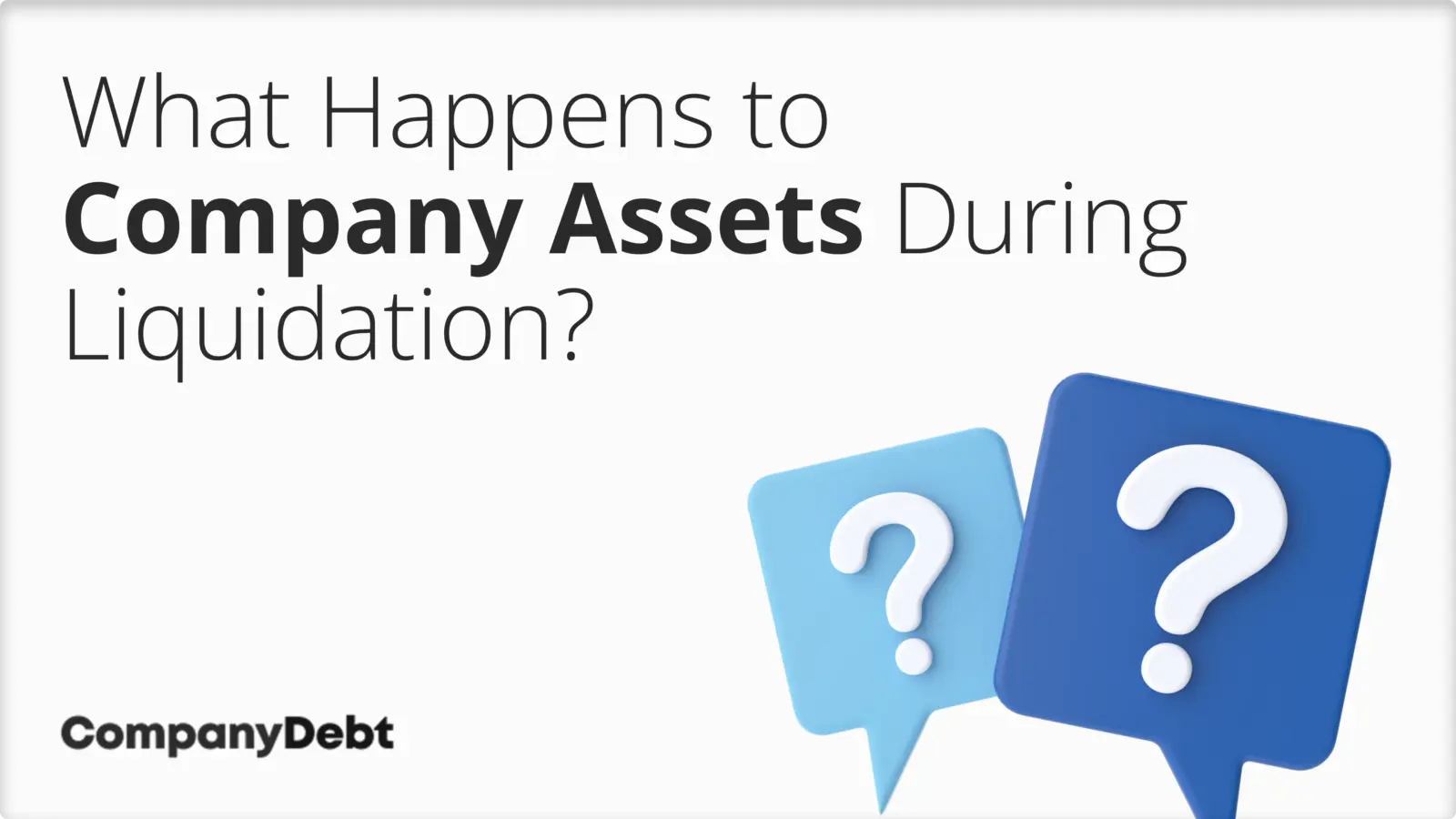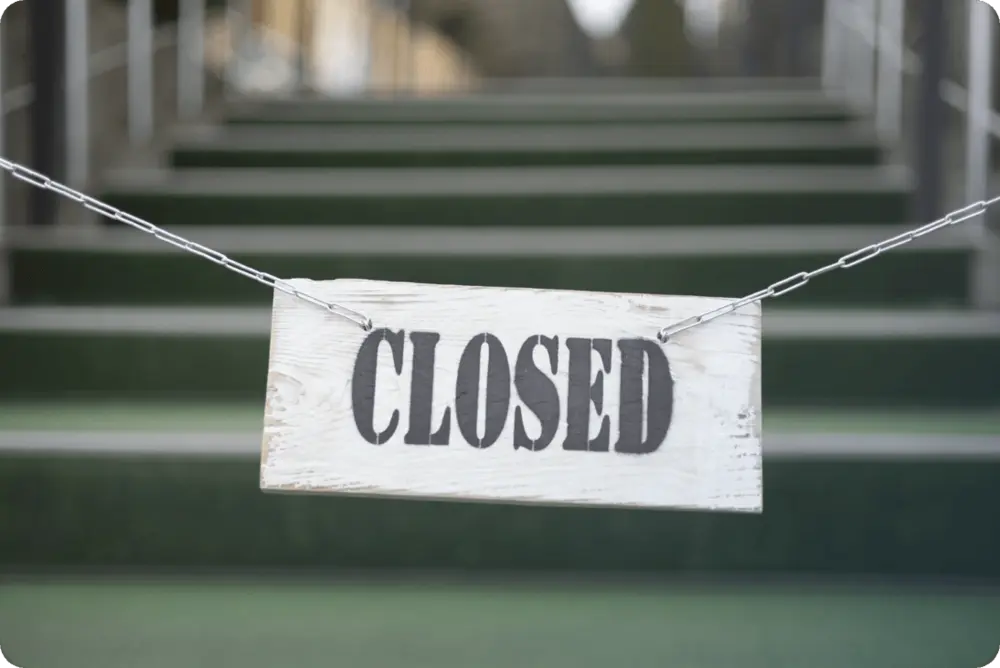
What Happens to Company Assets During Liquidation?
Liquidation is the process of converting business assets into cash to either repay creditors or, in the case of solvent liquidation, for the benefit of shareholders.
The fate of any business assets during liquidation depends on the type of liquidation, the company’s financial position, and the priority of claims against the assets.
In this article, I’ll explain how the presiding liquidator handles the asset sale, and the priority of payments. Understanding the hierarchy of claims and the legal provisions around asset distribution is crucial for all stakeholders involved in the liquidation process.

How Company Assets Are Handled During the Liquidation Process
When a company enters liquidation, the presiding liquidator assesses all its assets for sale. These assets range from physical items like office furniture and machinery to intangible ones like patents and trademarks.
The liquidator, an independent and licensed insolvency practitioner, oversees this process and ensures that the distribution of assets follows the correct legal framework outlined in insolvency legislation.
The primary aim is to turn these assets into cash, which will then be used to settle the company’s outstanding debts or to pay shareholders in the case of a member’s voluntary liquidation.
Most commonly, corporate assets are sold to third parties, and competitors are often interested in acquiring them at a reduced price. The sale is usually conducted through auctions or private sales, aiming to achieve the highest possible price for each asset.
In some cases, directors wish to purchase assets for their sentimental value, personal use, or for a new business venture. This is permitted, but it must be done at the market rate. An independent valuer usually determines this rate to ensure fairness.
To maintain fairness and transparency in this process, an independent expert is often brought in to assess the value of the company’s assets.
What Happens After Selling Assets
After the assets are sold, the liquidator focuses on distributing the proceeds.
This process follows a strict legal order of priority, ensuring secured creditors are paid first, followed by preferential and unsecured creditors.
If there’s money left after all creditors have been paid, the surplus is distributed among the shareholders. The amount each shareholder receives depends on the type and number of shares they hold.
What’s the Priority of Payment in Liquidation?
During liquidation, not all creditors are treated equally[1]Trusted Source – The Gazette – Payment Priority Order in Liquidation. A specific hierarchy determines the order in which creditors are paid from the liquidation proceeds.
(1) Secured creditors have the first claim on the proceeds. These creditors have a legal agreement that gives them rights to certain assets if the company cannot pay its debts.
Secured creditors are divided into two categories: those with a fixed charge and those with a floating charge. Fixed charge creditors have a claim on specific assets, like property or equipment. Floating charge creditors, on the other hand, have claims on assets that change over time, like inventory.
(2) Preferential creditors are next on the list: these include employees owed wages.
(3) Unsecured creditors, who have provided goods or services without any security, are paid last and may not recover all they are owed.
Can a Director Buy Back Business Assets after Liquidation?
Yes, it is possible for a director to buy back assets from the company after it has gone into liquidation, but there are specific rules and procedures that must be followed:
- Transparent Process: The sale of assets in a liquidation must follow a fair and transparent process overseen by the liquidator. This helps ensure there is no conflict of interest or preferential treatment.
- Independent Valuation: Any assets being sold to a director or their connected parties must first undergo an independent professional valuation to determine the fair market value.
- Open Bidding: The assets cannot simply be sold directly to the director. They must go through an open bidding process where other interested parties can also submit offers.
- Highest Bid: The director can only acquire the assets if their bid matches or exceeds the highest offer received from third parties through the bidding process.
- Liquidator Approval: Even with the highest bid, the sale still requires explicit approval from the liquidator, who has a duty to act in the best interests of all creditors.
- Cash Purchase: Directors usually cannot use loans or finance to fund the purchase but must pay in full from their own non-company resources.
The main rationale behind these rules is to prevent any perception of directors exploiting the liquidation for personal gain at the expense of creditors. The liquidator’s role is to maximise asset realization for fair distribution to creditors.
It’s also worth noting that a liquidator may refuse to sell certain assets to a director if there are concerns over phoenixing – the potential for the director to restart the same business free of debts shortly after.
Need Help?
Navigating the complexities of liquidation can be daunting for any business owner. Understanding what happens to company assets is just one piece of the puzzle. If you’re feeling overwhelmed or unsure about the next steps, we’re here to help. At Company Debt, we offer expert guidance tailored to your unique situation. Whether you have specific queries about asset liquidation or need comprehensive advice on managing your company’s debt, our team is ready to assist you.
Don’t face these challenges alone. Reach out to us on 0800 074 6757, email info@companydebt.com, or engage with us through live chat.
FAQs about What Happens to Assets During Liquidation
How Are Intangible Assets Handled in Liquidation?
Intangible assets, including intellectual property like patents and trademarks, are valued and sold to the highest bidder assuming they are deemed to have significant value.
Can Company Vehicles Be Bought by Employees or Directors?
Yes, company vehicles can be purchased by employees or directors during liquidation, provided the sale is conducted at the market rate determined by an independent valuation. This ensures fairness in the transaction and that the company’s assets are liquidated for their full worth, benefiting the creditors.
What Happens to Leased or Financed Assets During Liquidation?
Leased or financed assets are subject to the terms of the lease or finance agreement. Typically, these assets are returned to the lessor or finance company. If there is equity in the financed asset (i.e., its value exceeds the outstanding finance), it may be sold, and the excess after settling the finance is added to the liquidation proceeds.
How Are Overseas Assets Handled?
Overseas assets are liquidated according to the laws of the country in which they’re located. This can complicate the liquidation process and may require the appointment of local liquidators or legal representatives to handle the sale and repatriation of funds.
The primary sources for this article are listed below, including the relevant laws and Acts which provide their legal basis.
You can learn more about our standards for producing accurate, unbiased content in our editorial policy here.
- Trusted Source – The Gazette – Payment Priority Order in Liquidation








